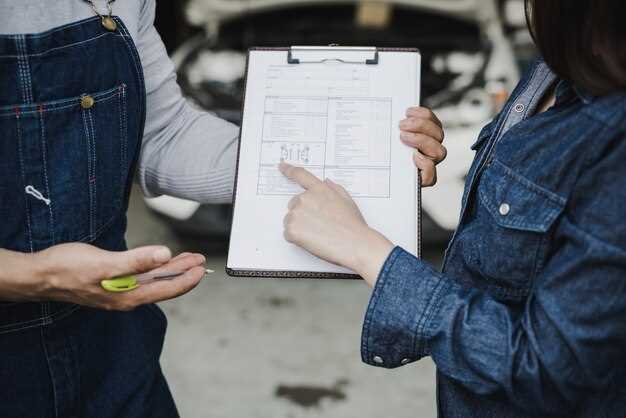
When it comes to maintaining or repairing your vehicle, finding quality used car parts can not only save you money but also ensure that your car runs smoothly. However, the challenge lies in distinguishing reliable parts from those that could compromise your vehicle’s performance. A thorough inspection is essential in identifying which parts are worth your investment.
Before purchasing a used car part, it’s crucial to conduct a meticulous inspection. Look for signs of wear, rust, or damage that could indicate a part is nearing the end of its useful life. Additionally, knowing the right questions to ask the seller can provide valuable insights into the history and condition of the part.
In this article, we will guide you through the critical steps to effectively spot quality used car parts. From understanding the types of parts available to recognizing reputable suppliers, gaining this knowledge will empower you to make informed decisions and enhance the longevity of your vehicle.
Evaluating Visual Condition: What to Look For

When assessing the visual condition of used car parts, thorough inspection is crucial. Begin by examining the exterior surfaces for any signs of wear or damage. Look for scratches, dents, and corrosion, which may indicate that the part has been improperly stored or handled.
Pay attention to any rust, particularly on metal components. Rust can compromise the integrity of the part, making it less reliable. If you find rust, consider the severity and what repairs may be necessary.
Next, check for warping or bending, which can affect the part’s performance. This is especially important for components that must fit precisely, such as suspension parts or frames. Any signs of misalignment could lead to further complications when installed.
Functional parts should also be inspected for any cracks or fractures. Small cracks may worsen over time, posing a risk for failure once in use. Ensure that any mounting points are intact, as these are essential for proper installation.
Don’t overlook the condition of rubber components, like seals and gaskets. They should be pliable and free from cracks. Deteriorating rubber can lead to leaks, which can result in costly repairs down the line.
Finally, gather as much background information as possible on the part’s usage history. A part in good visual condition may still have underlying issues if it has been heavily used. Combining visual inspection with historical data will provide a clearer picture of the part’s potential reliability.
Testing Functionality: Ensuring Parts Are Operational
When purchasing used car parts, verifying their functionality is essential to avoid future issues. Here are some effective methods to ensure the parts you consider are in good working condition:
- Visual Inspection: Examine the part for any visible signs of wear, damage, or corrosion. Look for cracks, dents, or rust that may affect its performance.
- Operational Tests: Whenever possible, test the part in a controlled environment. This could include:
- Electrical Components: Use a multimeter to check the electrical resistance and ensure the part functions as intended.
- Mechanical Parts: Manually operate moving components to ensure they are not stuck and move smoothly.
- Compatibility Check: Confirm that the part is compatible with your specific make and model. An incompatible part may appear functional but could lead to operational failure.
- Consultation with a Professional: If unsure about a part’s condition, seek advice from a mechanic. Their expertise can provide insight into the reliability of used components.
Ensuring the operational capacity of used parts not only saves money but also enhances vehicle safety and longevity. Always prioritize functionality over aesthetics to make informed decisions.
Researching Part History: Verifying Authenticity and Previous Use

When considering used car parts, understanding their history is crucial for ensuring quality and reliability. To verify authenticity and assess previous use, start with detailed inspection of documentation associated with the part. Look for receipts, service records, and any warranties that may indicate the part’s origin and prior performance.
Additionally, inquire about the condition of the part. Ask the seller about the number of previous installations, the duration of usage, and any documented issues. This information can greatly influence your decision, as it provides insight into how well the part has endured previous stresses and whether it’s likely to function effectively in your vehicle.
Another effective method of confirming authenticity is to research the part number. Diverse manufacturers and models will have specific identifiers that can help you trace back to the original part specifications. Utilizing online resources or databases can help you establish whether the part is genuine and compatible with your make and model.
Engaging with forums or communities dedicated to car enthusiasts can also yield valuable insights. Previous users often share their experiences, offering opinions on particular parts and their performance over time. This peer feedback can help you understand potential red flags or advantages related to specific components.
Lastly, consult professional service centers or mechanics who specialize in the vehicle brand in question. Their expertise can provide deeper insights into the expected lifespan and reliability of used parts, guiding you toward quality purchases.
